Above photo of Kathleen Battke, taken by Terese Clark
In 2015 Kathleen Battke completed compiling Pearls of Ash and Awe, known as Asche Perlen in German. The book, that includes English and German versions in a single edition, is comprised of over seventy participant accounts of Bearing Witness at Auschwitz, from the first retreat in 1996 to the then-present. Below is a conversation between Zen Peacemakers International staff Anthony Saracino and Editor-compiler Kathleen Battke, on her work as an author, her encounter with the Zen Peacemakers, and her account of the work behind Pearls of Ash and Awe.
Transcribed and revised from an interview in the summer of 2017.
Anthony: What can you tell me about your background?
Kathleen: I’m not a formal student of some spiritual tradition. I do a lot of writing in diverse fields- public relations, media, also scientific writing. And I taught linguistics for a couple of years at the University. So, writing– from scientific research and complex topics to slogans and advertisements for products…Writing is the bridge that ties my life together.
Eventually I started writing biographies, getting more and more interested in people. And, training in creative and biographic writing. Through the years I found my own way to write for and about people, and to facilitate workshops in biographical, creative and journalistic writing. So yes, I don’t have a narrow and clear profile but I have a wide range of practice and interest. But, there are some things that never leave my sight: Writing, social engagement, and Being With Myself, being in touch with me, looking deeper.
Anthony: How many times have you been to Auschwitz?
Kathleen: Three times. The first was in 2011, after a couple years of preparing. I knew Bernie’s books since the 1990s and heard about the retreat early on. I was pretty afraid of the retreat from the idea of it alone, so I kept a secure distance. In 2006 I started working with the Children of World War Two- German people who experienced World War Two as children. I started doing reconciliation and writing workshops with them so they could write about their stories and what helped them to cope with their experience. In a way that still goes on- I got in touch with the field of their suffering, and also the resources and power that these people have built through their experience during the war. That diminished my fear of being in touch with Auschwitz. I saw I was able to abide in this field of emotion, sadness, the reminiscences… And so we began working on these experiences from the perspective that they could be used as resources.
In 2010 my mother died, and she had accompanied this work closely. The work had allowed us to talk about her own experiences. She was born in 1933 and when the war ended she was twelve. She had been a refugee; her father was shot… When I began this work with others, she also began writing letters to me and telling her story. It touched me very much. So we were close when she died. I also did a book about this work, my first book, Shattered Childhood, about my work with these people, these workshops. The story of my mother dying became the frame of the book. It included nine biographies of people who took part in my war childhood workshops.
The experience of my mother dying took away a lot of fear for me and by then I was ready to go to Auschwitz.
Ash Pearls, as well as Shattered Childhood, weren’t my idea– I was just there, and others saw some readiness or potential in me and asked me to do it. Ginni Stern, an organizer of the retreat who has been on every one, and Andrzej Krajewski were both thinking there should be a compilation for the 20th anniversary. They both had the idea that the peacemaker community should make a book, or something to celebrate this jubilee.
Ginni visited me here, in Bonn, in 2013. My first book had just come out (I now have a publishing career of thirty years) and she knew, and asked me if I would want to make a book celebrating 20 years of retreats at Auschwitz.
2011 was the first time I’d been in direct touch with the peacemakers. Despite close contact after 2011, I was still so fresh there. I didn’t feel part of the community yet, so I thought “Am I the right person to do this?” I hoped Ginni would keep the focus and I could just help. Then Andrzej popped up and said “We need to do this, why don’t you do it Kathleen?” In the end I did it: they knew me as a writer who was able to organize collections, compilations, and that I’d be able to get the people together to do that. Ginni and Andrzej saw that in me and said “Please, do it”.
At first I thought we’d be doing it together as three people but during the process it was indeed more me doing it– they became co-editors, and that’s how the book came about.
I returned to the retreat in 2014, partly to encourage people to write their stories and send them– to be part of this project. And I also did a writing workshop at the end of the retreat in Krakow, with ten people who took part in the retreat, so they could write their impression for the book directly. In 2015 the book was published, in time for the 20th anniversary.
A difficult part was getting in touch with people who’d been involved in the retreat long ago, because there was little data available, or scattered data. It was a huge load of work to get in touch with those people, but in the end it worked out.
Anthony: From the first retreats in 1996 until now, have you noticed any general change in the reports, what people think of it, or what people tend to experience? In general, are responses from 1996 very similar to or pretty different from 2016?
Kathleen: I’d say there’s a baseline that’s more or less the same: that’s this immense opening that comes when people– and of course we’re only talking about those who responded to the invitation to write– being confronted by this huge, intangible amount of suffering and violence that’s there in these camps; and how that broke them open. That is something that almost each and every contribution contains, expressed in very many different words and ways. Being opened, or opening themselves.
Anthony: It’s interesting to me that the encounter with this terrible, terrible thing can result in an experience of something that seems to be AS loving. And I’m interested too in the “breaking” open. Is it “so bad that I just break” and suddenly there’s this experience of love…? Do people need to feel broken or ruined before they encounter this “opening”?
Kathleen: It’s personal how it’s experienced. I choose “breaking” to get close to the hugeness of this experience. For some people– I wouldn’t be so cliche as to say “for men it’s breaking, for women it’s tender, silent” –but for many female participants it seems to have happened in the children’s’ barrack where we sing lullabies and children’s songs. It’s a very opening experience for many of the women who participate– tenderness is reported more with them than in the male contributions. You know the transition to– the ability to get in touch with your tender heart, and the love in yourself, that’s of course what the retreat does. Many people have gone to these places before and experienced the hugeness of the suffering of what happened there… But being embedded in this kind of retreat, in the council experience, the Three Tenets– that’s what makes it possible for people to get in touch with this beautiful, compassionate part of themselves. It’s how the retreat works and how it functions.
Some people said they wouldn’t contribute to the book because they felt vulnerable. One woman sent me a contribution but took it back, saying “I don’t dare to be seen like this; I don’t know who will buy and read it…It’s too tender and vulnerable if I give out my story this way.”
When it came about I heard that Bernie was concerned with people preparing for the retreat, to have stories in their minds about the retreat– how it is, how it works, what comes out of it. He’d like everybody to go there “For the first time”. I accept that as an opinion. But as a biographical writer I have a different opinion: that single stories of individual people are very helpful to destroy ideological constructions on your mind. It’s much more helpful for me– and I’ve experienced that it helps others too –to show how eighty people experience different things. And your story will be the eighty-first, it will be another story again, and it will have its interconnection with all the other stories.
Since the book was published two years ago, the readings provide a really nice way for people to get in touch with the Zen Peacemakers. Here in Germany I get invitations to read from the book; It’s a wonderful public relations for the peacemakers, and I don’t feel that people who come to these readings are merely consuming or discussing the material, but that they are really getting a bit of the spirit. So I’d really encourage more people, and especially more of the authors, to use this book for their peacework, as a door-opener to talk about the Zen Peacemakers.
Pearls of Ash and Awe is available for purchase from the publisher by visiting here. To read participant reflections on the Auschwitz-Birkenau Bearing Witness Retreats in our Journal, explore the Flowers on the Edges of Graves series. And consider joining us during the
2018 Zen Peacemakers Auschwitz-Birkenau Bearing Witness Retreat
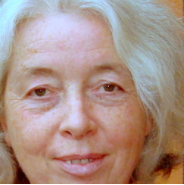
Kathleen Battke has been formally involved with Zen Peacemakers since her first retreat at Auschwitz-Birkenau in 2011. She is currently one of the facilitators for ZPI online Councils, and lives in Bonn, Germany where she writes and teaches.

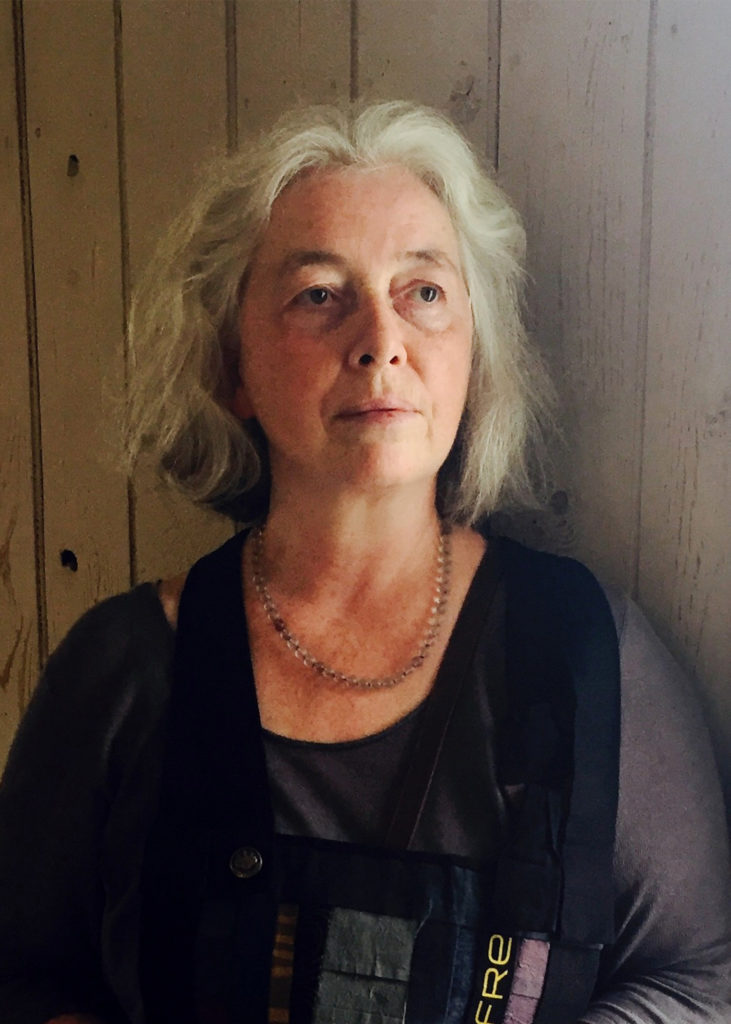

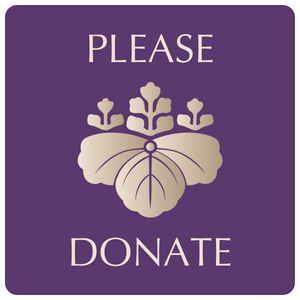
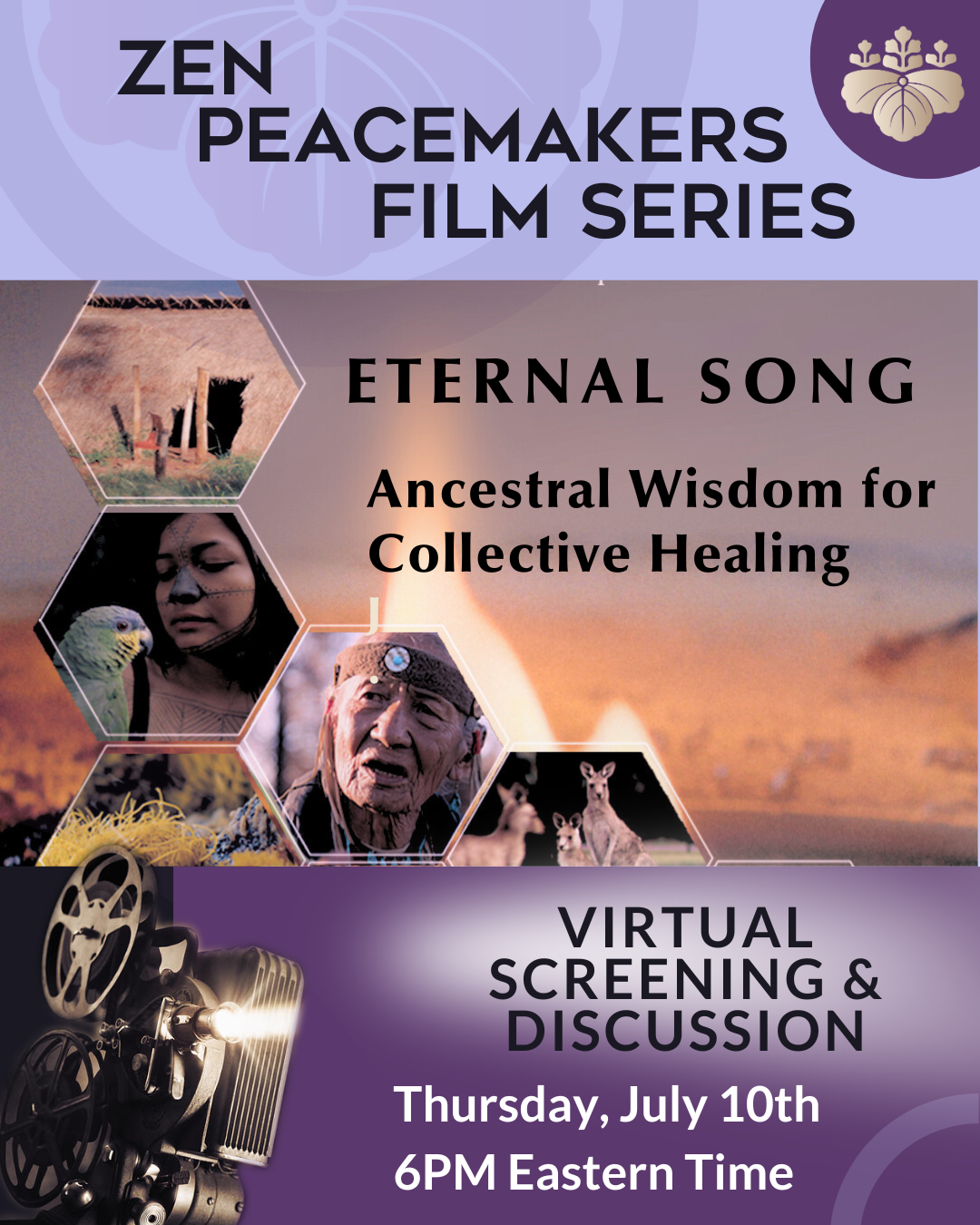
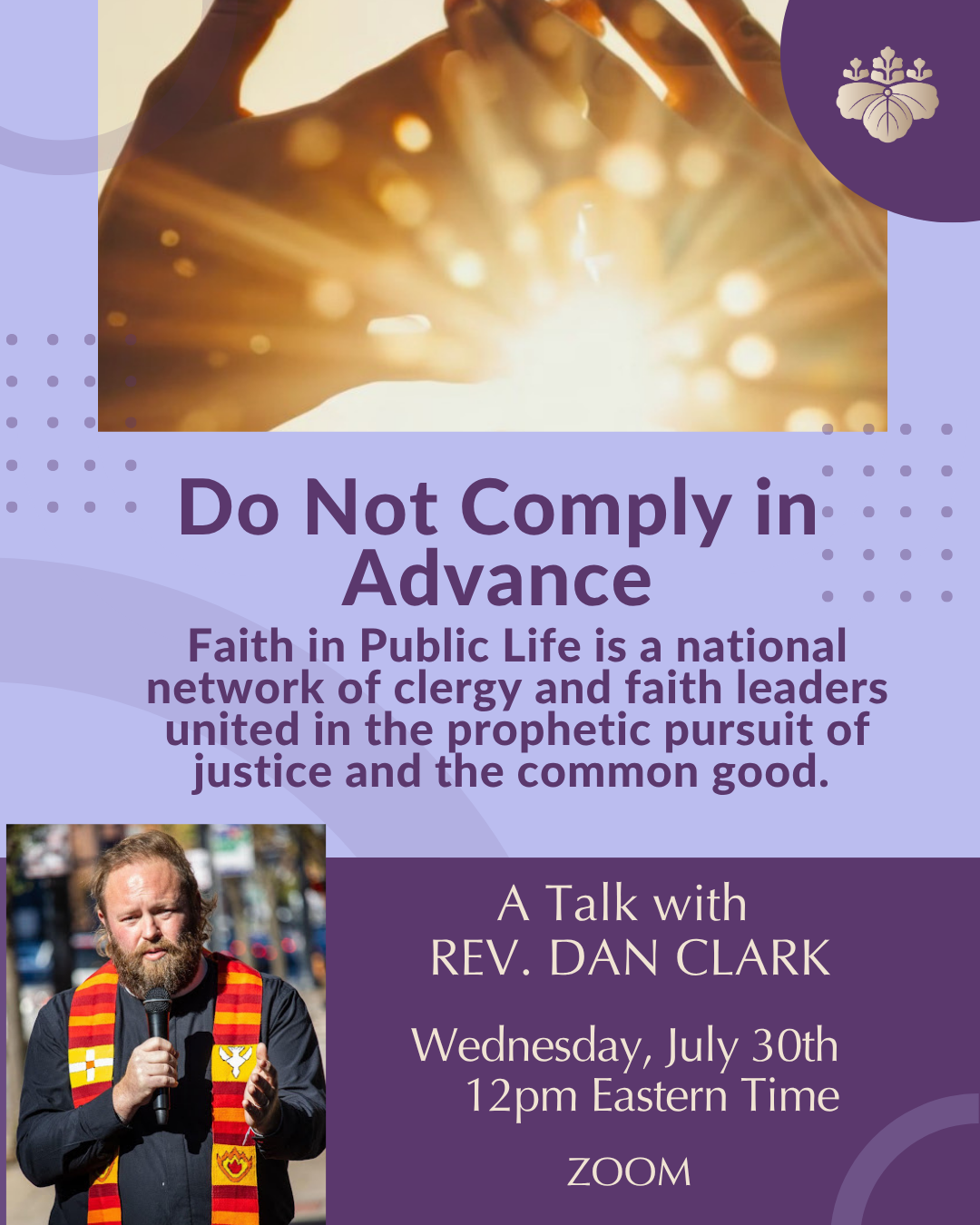
One Response
There are a variety of benefits that clay provides a
healthy garden when used on plants, or soil. This is especially beneficial in clay
soil, which has a tendency to lack in drainage.
Step 4:The last, however the most successful strategy in relation to
affiliate marketing kaolinite is the ore of – hdmicrons.com making a website.